Nhan Ly - the ancient village at the foot of Tay Yen Tu
BAC GIANG – According to archaeologists, along Provincial Road 293 (also known as the Tay Yen Tu spiritual route), there are many ancient villages that have existed since at least the Tran dynasty (13th-14th centuries) or the post-Le dynasty (15th-18th centuries), with visible remnants of temples and shrines dating back to around the 18th century that still stand today. One of the ancient villages in the Mai Suu region is Nhan Ly.
The name of Nhan Ly means a peaceful and harmonious community. Nhan Ly once had a large pagoda, which was destroyed by French forces in 1948. The site is now home to the Truong Son Secondary School.
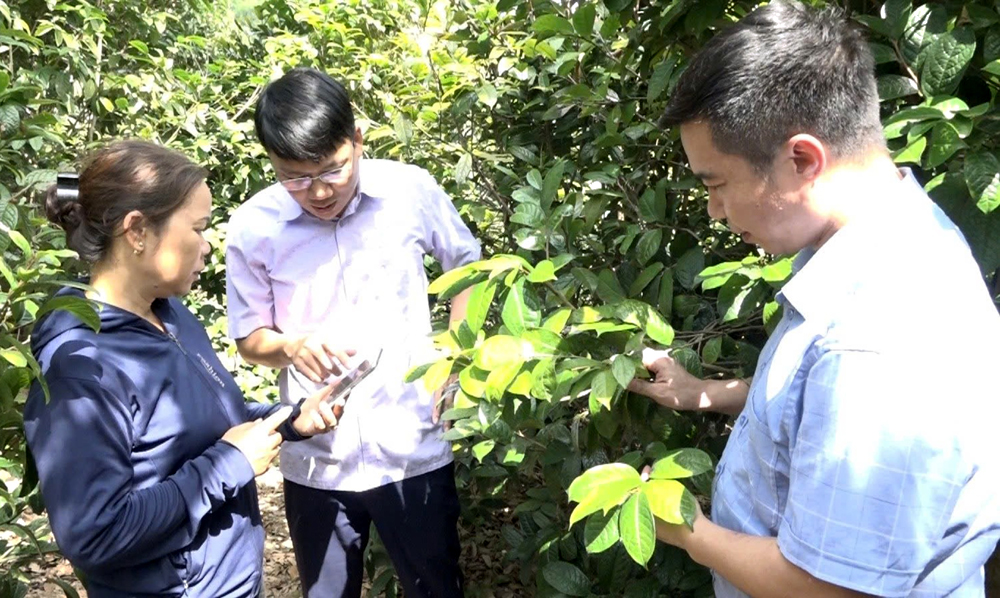 |
|
Developing medicinal plants is one of the strengths of Nhan Ly village and Truong son commune. |
Half a century ago, near the old pagoda, there remained a pond extending about half a kilometer through the Mai Suu field. The water “si” trees have endured for generations, with trunks stretching for hundreds of meters, and their intertwined roots connecting both banks of the pond.
The village's old communal house, with its large limwood pillars, was once famous in the region but was also destroyed by the French in 1948. Taking advantage of the mountainous terrain, the villagers along the foot of Dong Mountain (also known as Dong La, Dong Xom Lang) have settled in two main areas, spanning about a kilometer.
| Connected to the Mai Suu forest region and the Tay Yen Tu spiritual route, after hundreds of years, the ancient village of Nhan Ly has steadily developed, becoming increasingly prosperous and strong. |
The upper part is still called Lang area, while the lower part is named Uong - Dong Hang, with a small rice field.
On the other side of the mountain lies Hang Da, a cave once home to tigers. About a hundred years ago, this area still had many tigers. It wasn't until the early 20th century that people began clearing land to plant cassava, tea, and later formed Che Do area at the end of the village.
The inhabitants of Nhan Ly mainly belong to the La and Nguyen families. It is said that the ancestor of the La family was a soldier of the Mac dynasty, who moved here at the beginning of the 17th century to start a new life, with teaching, producing medicine, and farming.
The Nguyen family has lived here for generations, with some coming from Cham and Che areas.
In addition to the newly restored communal house and pagoda remnants, Nhan Ly village still has four ancient temples. The largest is the Duc Ong temple in Lang area, said to be over 300 years old.
This temple is dedicated to the mountain and earth gods, a typical example of nature worship in mountainous areas (the gods of forests, banyan and Bombax ceiba trees).
The second is the Mieu temple in the middle of the village, near the old banyan and Bombax ceiba trees. Next is the Ao Lanh temple, dedicated to the earth deities and located in Uong - Dong Hang area. The last is the La temple in Che Do area, which is now only a small shrine.
Talking about Nhan Ly also means mentioning the Mai Suu mountain and forest region. During the nine years of resistance against French colonialism, this region was a free zone, supporting soldiers, especially from Regiment 98 (known for its commander Manh Hung, the “gray tiger of the Northeast region”); protecting evacuees from neighbouring provinces; and also serving as a base for many Party and government agencies from Quang Hong (now Quang Ninh) and Hai Phong.
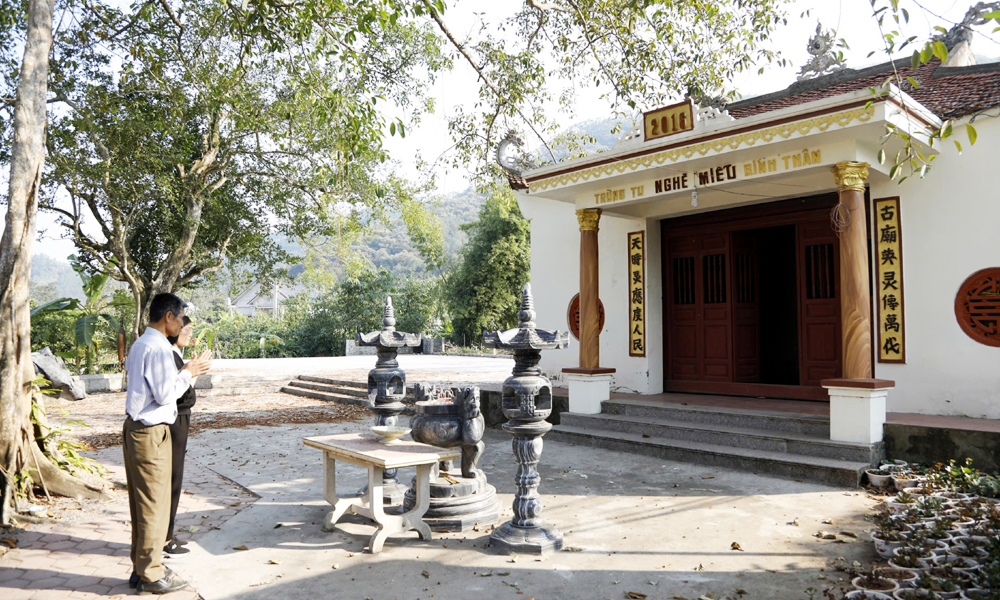 |
|
The Mieu temple. |
During the anti-US war, Nhan Ly not only provided manpower for the frontlines, with many young people joining the army, of them 14 became martyrs, but it was also one of the trusted locations for Regiment 568, which actively trained and recruited soldiers from various localities like Bac Giang, Hung Yen, Thai Binh, Hai Phong, and Quang Ninh in the Ta Ngan (the Left Bank of the Red River) Military Region, directly supporting various battlefields until the final victory.
Today, the people of Nhan Ly have shifted from focusing solely on rice farming to growing forests, fruit trees, and medicinal plants. The standout product is the Golden Camellia Tea from the Luu Chanh Medicinal Plant Cooperative, which was recognised by the Ministry of Industry and Trade as a typical rural industrial product at the national level in 2021.
From a remote mountainous village, the younger generation is broadening their horizons, expanding across regions both domestically and internationally, improving their knowledge and skills to meet the technical labour demands of companies and enterprises that require high-level expertise, gradually integrating into modern life.
 Bắc Ninh
Bắc Ninh
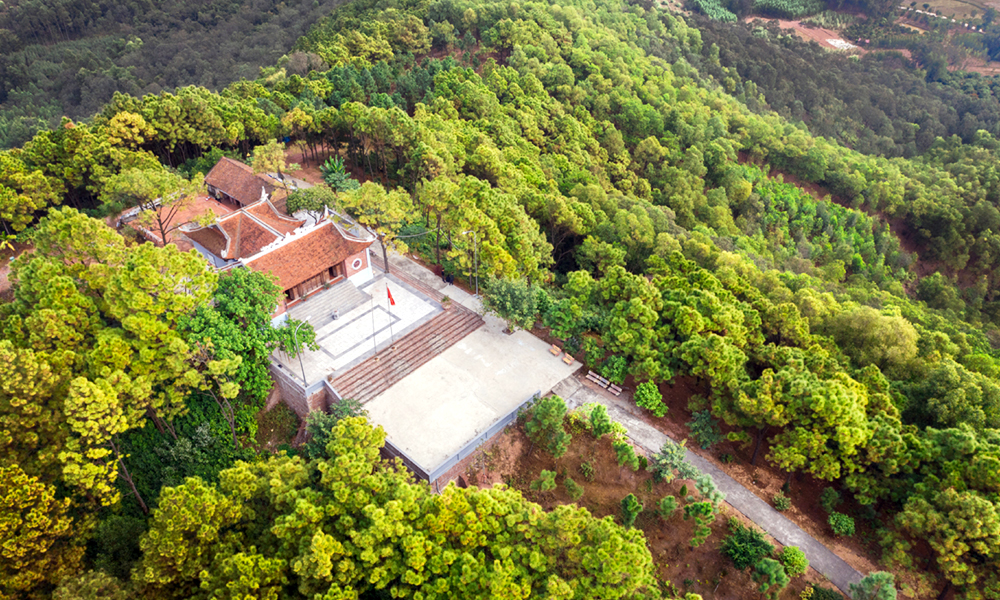

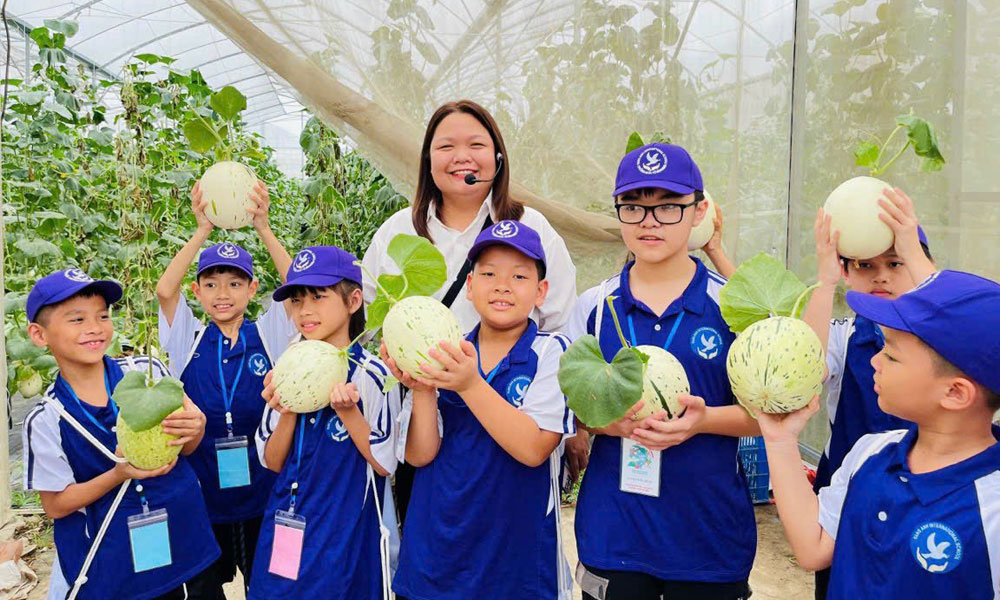
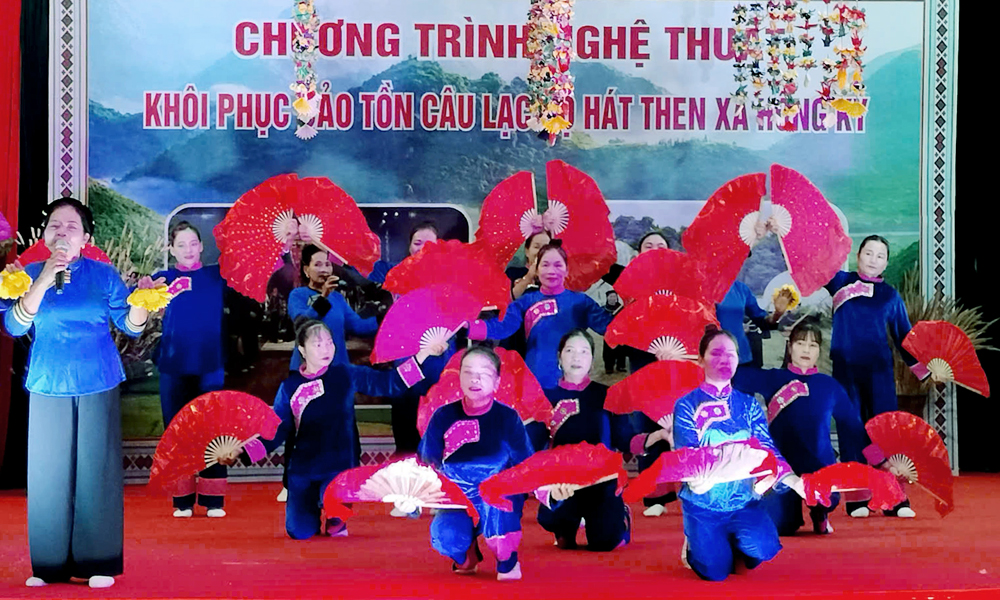
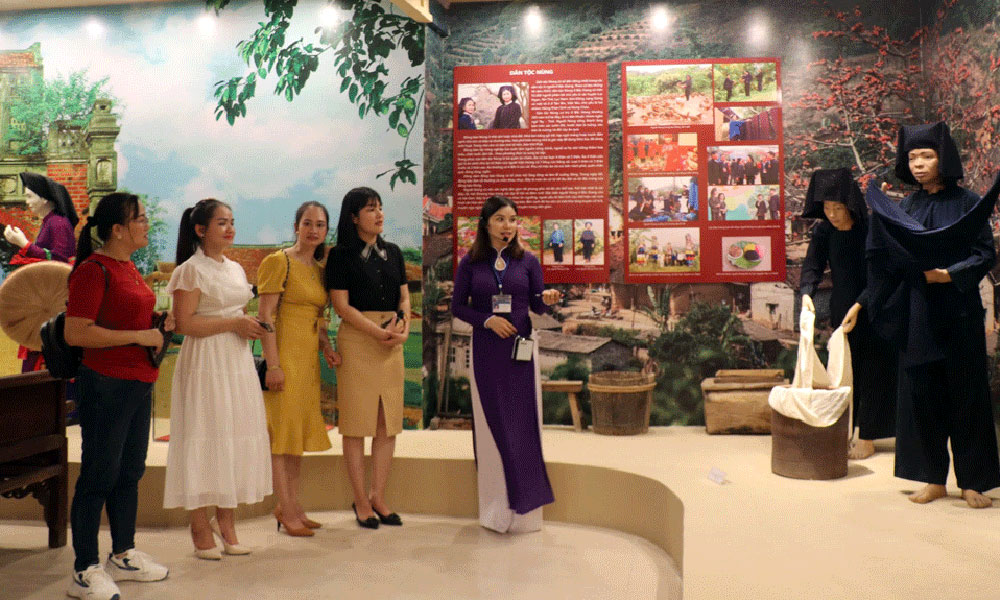
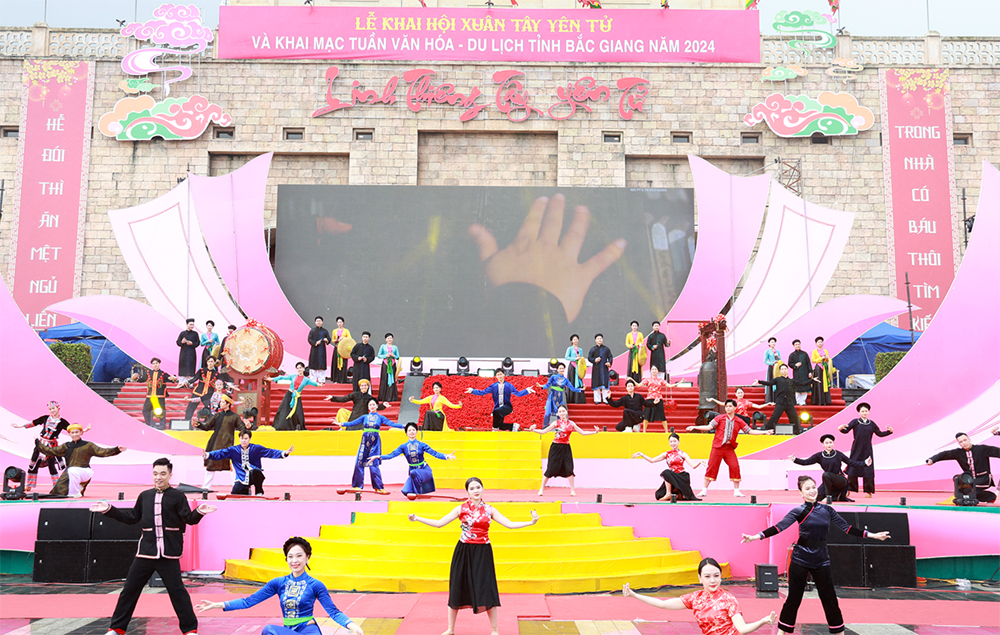




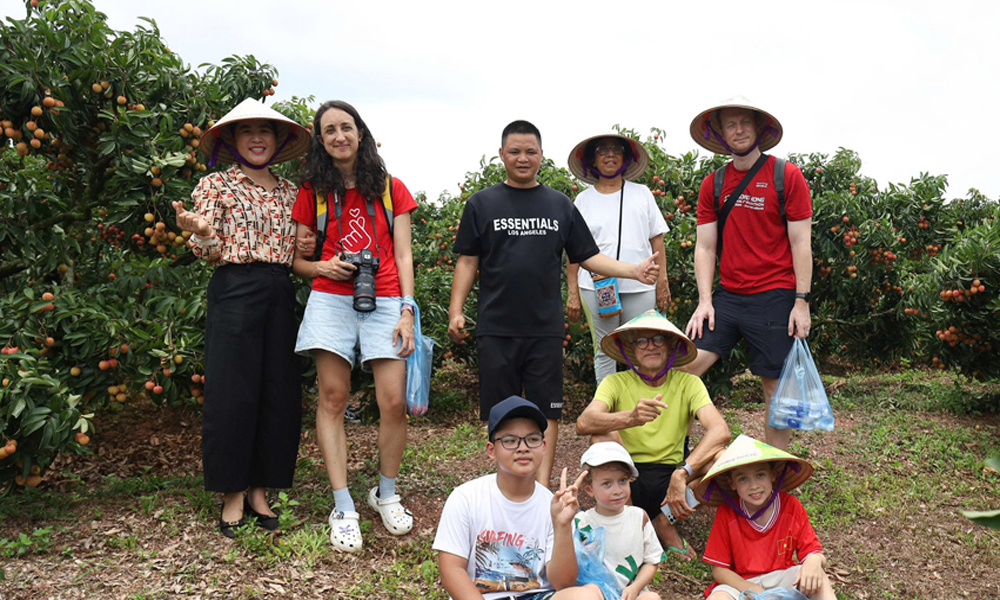



Reader's comments (0)